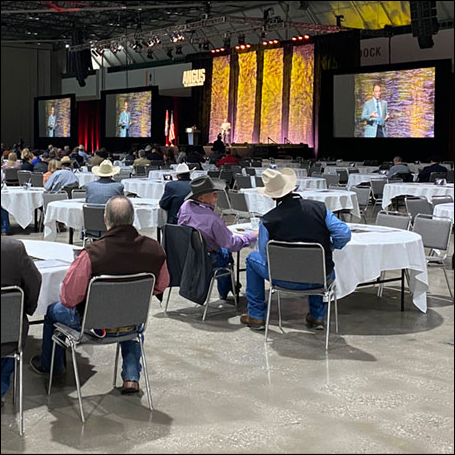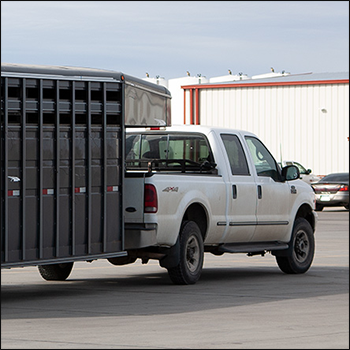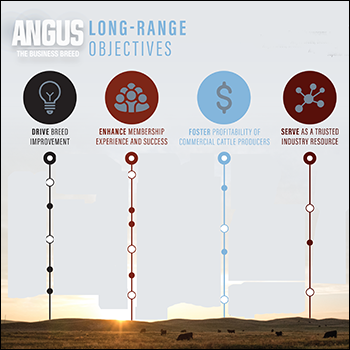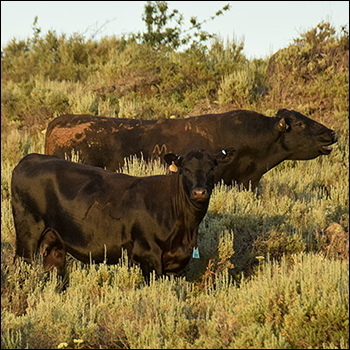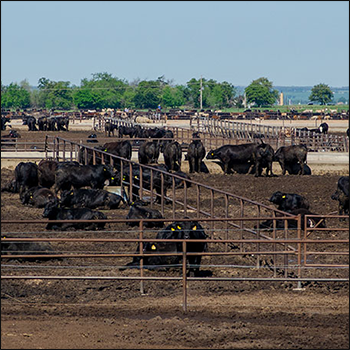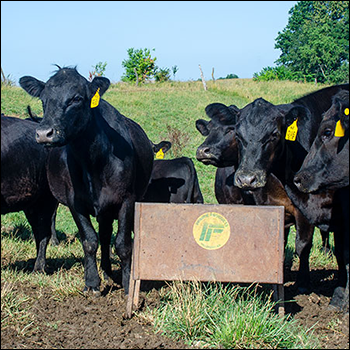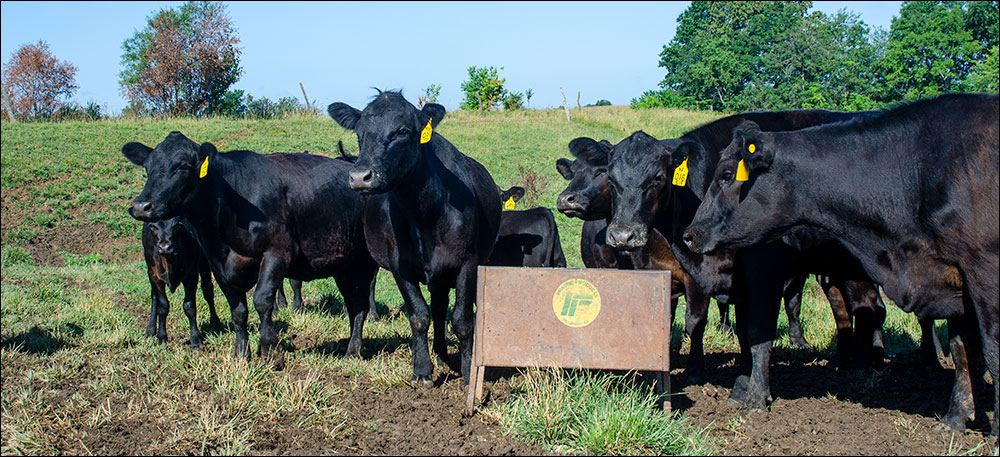
Four Myths About Mineral Nutrition
Nutrition affects every aspect of cattle production, so why not invest in it?
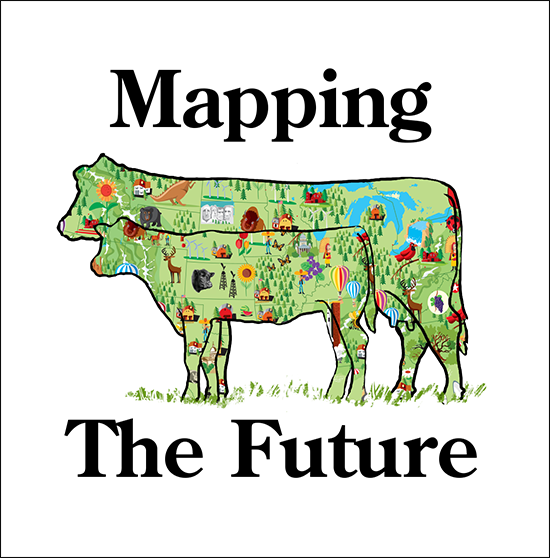
“My cows don’t need premium mineral for more than a month or so.” … “I’ve stuck with the same mineral for years, and it gets the job done.” … “Premium minerals are over-formulated, and the form doesn’t actually matter.” … “Premium mineral programs are just too pricey.”
These four statements are said often to Jack Oattes, regional business manager — Canada with BioZyme Inc. During a virtual Learning Lounge session in conjunction with the 2020 Angus Annual Meeting, he debunked all four. He emphasized why investing in premium nutrition really is worth it.
Cattle producers are all seekers of efficiency, no matter the segment — efficiencies in reproduction, feed, growth and herd health. We all want cattle that perform without having to hold their proverbial hands. That doesn’t mean we can’t help them a bit. Nutrition affects all of those efficiencies, Oattes says, and, ultimately, your profitability.
Myth 1: My cows only need mineral supplementation for about a month Reproductive efficiencies have the most to do with a cow-calf operator’s bottom line, and it’s important to know when a cow’s nutrient requirements are highest in the gestation cycle. A cow’s highest nutrient requirements are in the two months leading up to calving through breeding.
Restricting nutrients during any of this time results in lower calf health and immunity, lower rebreeding rates, lower milk production and smaller calf weaning weight. More than 75% of a fetus’s total weight gain and growth is in that last trimester.
“Proper nutritional management of the cow all year long is key to the development of a marketable calf,” Oattes asserted.
The cow’s body condition score (BCS) influences the quality of her colostrum, which gives the single-most transfer of immune-boosting immunoglobulins. He said there’s also a positive relationship between BCS and her conception rate, sharing data that cows with a BCS of 5 had about a 90% conception rate.
Myths 2 and 3: No need to change minerals, and form of minerals doesn’t matter Many of the minerals a cow needs are found in feedstuffs, Oattes admits, but some do need to be supplemented. Cattle need seven macrominerals and 10 microminerals, but four of these need extra attention — zinc (Zn), manganese (Mn), copper (Cu) and selenium (Se). These four are generally deficient, and are important in hormone synthesis.
These minerals are bioavailable in different forms — oxides, sulfates and organic. Research has proven that organic trace minerals are more stable in the digestive tract because they are “protected” from forming complexes with other dietary components, he explained. They don’t get tied up in the digestive tract, so they can do the job they are supposed to do. Organic trace mineral complex or chelate are more easily absorbed, almost double that of oxides and more than 20% more absorbable than sulfates, he shared.
Myth 4: Premium mineral is just too expensive There are many consequences of skimping on minerals and nutrition. He warned against poor breed-back, more open cows, poor conception rates, longer calving seasons, less-uniform calf crops, increased labor costs and compromised health status.
He crunched some numbers, saying a good mineral program should cost about $40-$60 per head per year. Additional feed additives like prebiotics, thus making it a premium mineral, can add about $10 per head per year. With the inclusion of an organic mineral supplement, research has shown that calves can reach 25-50 more pounds (lb.) of weaning weight. So, if a 600-lb. feeder calf brings $892.20 and a 625-lb. feeder calf brings $929.38, that’s about a $40 increased gain per calf with a $10 increase in cost to a premium mineral.
However, premium minerals also reap benefits on the cow side. They sustain good condition on cows, maximize effectiveness of vaccines, increase performance, maximize the use of available forages and increase reproductive efficiency. Cowboy math on replacing an open cow is $1,000 to replace the cow and $800 on the loss of her calf.
“Nutritional deficits are one of the top three reasons for infertility in the herd,” Oattes concluded. “If you invest in your cow herd, you invest in your results on all levels of production. Cows drive more revenue for the producer, and progeny provide more value for the entire beef value chain.”
To listen to this presentation, access the “Learning Lounge” tab at http://www.angusconvention.com. For information on nutrition products offered by BioZyme, visit https://biozymeinc.com/.

